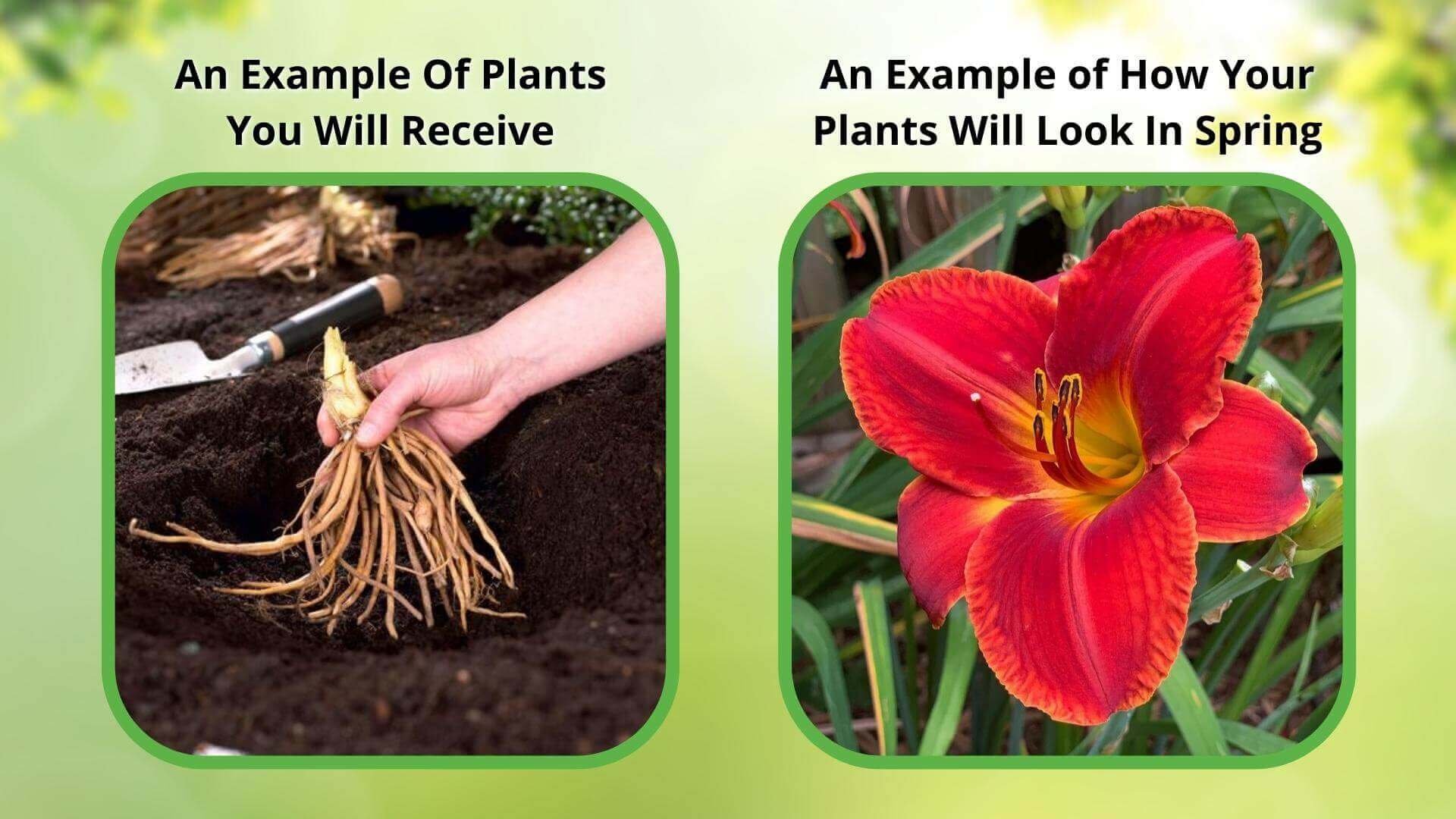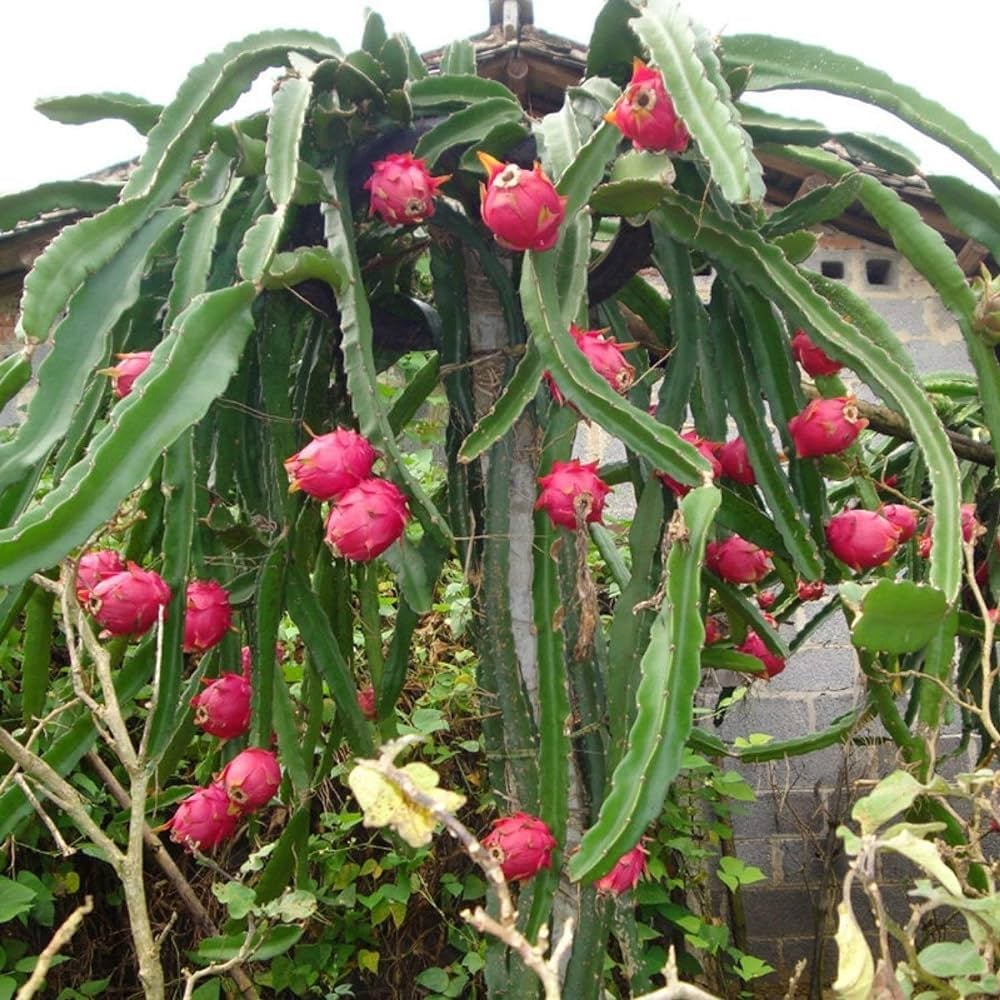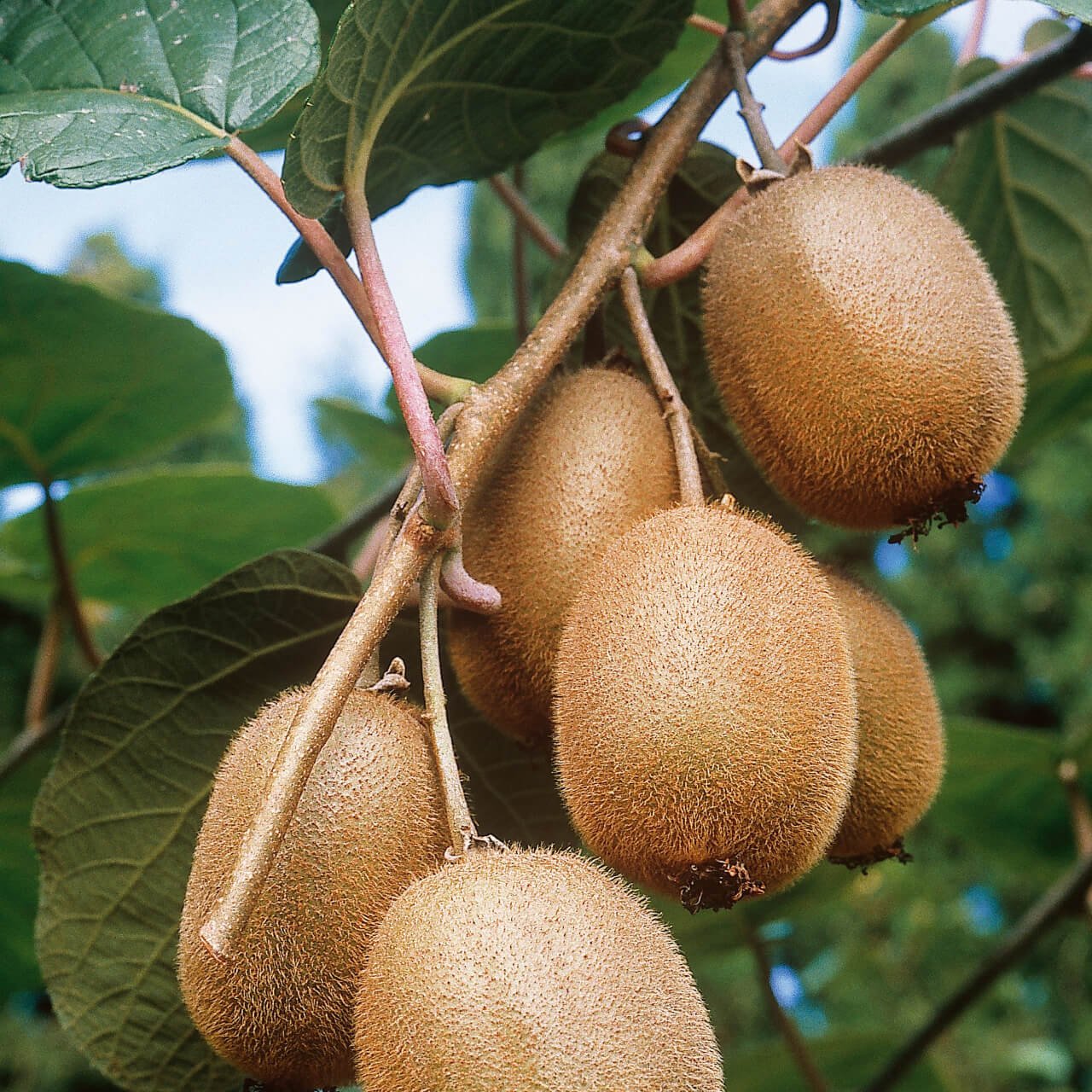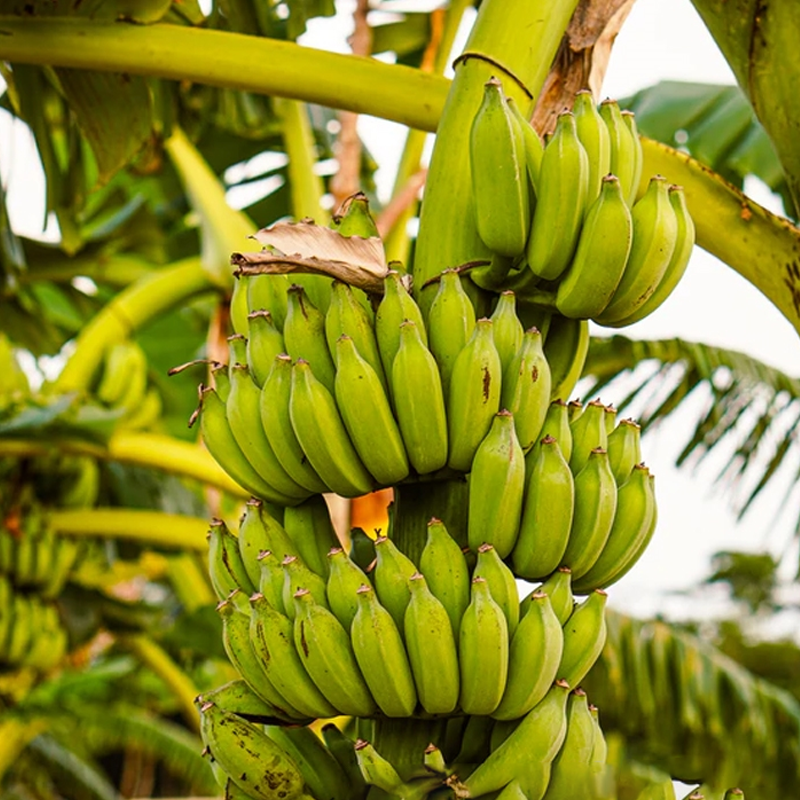



Dandelion Plant
Supports pollinators like bees
Improves soil structure over time
Attracts beneficial insects for gardens
Thrives in
ZONE 3ZONE 4ZONE 5ZONE 6ZONE 7ZONE 8ZONE 9ZONE 10This plant ships:
Ships Week of May 12th1 Year Guarantee on all plants
Dandelion Plant - Taraxacum
Dandelion perennials have bright yellow, disk-like flowers atop slender, green stems with jagged-edged leaves that form a rosette at the base. While it is often considered a weed due to its rapid growth and ability to spread, it possesses several characteristics that can benefit landscaping.
This perennial reaches up to 12 inches and has a rosette of leaves around a deep taproot. The leaves are sleek and feature acute indentations without any visible hairs.
They have lance-, rectangular-, or spatula-shaped foliage and flower heads covered with ray petals. Their blooms, which can grow up to two inches long, are a single shade of yellow and sit on a sturdy, hollow stem. Although they bloom from April through September, they're most noticeable in May and June. Well-established ones sometimes bloom twice, once in the spring and once in the fall.
Improve Soil Quality With The Dandelion Plant
They have roots that spread wide, loosening hard-packed soil and increasing aeration, making it healthier. Their roots extract calcium and potassium from the earth, making these vital nutrients available to nearby flowers. Because their roots also hold the soil together, these flowers help prevent erosion.
The dead foliage adds organic matter to the soil and provides essential nutrients for grass to grow strong and green. Their wind-aided seed distribution and cross-pollination capabilities are useful for fertilizing grass. About nine to 15 days after the yellow flowers appear, they reveal a white puffball, a fuzzy pappus. The wind carries bits of the fuzzy pappus containing seeds as part of the flowers' reproduction process. Hummingbirds, mainly, like these fuzzy seeds and use them to build nests.
Pollinators Rely On The Dandelion Plant
In early spring, many pollinators rely on them for their nectar. While some can yield as many as 400 seeds, the typical yield is 180. Pollinators like ladybugs, honeybees, and moths play a crucial role in pest control by eating, weakening, and killing garden pests.
They are generally hardy and, hence, require minimal to no fertilization. However, if necessary, you can use organic fertilizer and a balanced fertilizer to boost the blooms.
They are generally low-maintenance types. Water them during dry periods to promote its growth.
Other ones benefit from the dandelion's deep taproots, which help aerate the soil. Put them in the home garden with tomatoes and spinach. Dandelions spread quickly; therefore, they should avoid interplanting with other crops that compete for space.
Where do they grow best?
These are adaptable to a variety of conditions. They can grow in sandy and clay soils and also adapt well in full or partial shade. Dandelions can be grown in containers. Use a grow light or proper sun exposure. Ensure the containers have well-draining soils.
This Is How Your Plants Will Look upon Delivery

Bloom Season
Spring
Bloom/Foliage Color
Yellow
Height at Maturity
Under 12"
Care
Dandelion plants are hardy and adaptable. Water often to keep the soil consistently moist. They flourish in well-drained dirt but can handle a range of conditions. Regularly remove weeds around them to ensure they get enough nutrients. Harvest leaves when young for the best taste.
Plant Reproduction
Dandelion Plant spreads by seeds and by new shoots from roots or root segments
Shipping date depends on the date displayed and chosen when you order from the product's page.
We only accept returns on plants verified dead. If you think your plants have died, we offer a 1 year warranty, please use this File a Claim Link to verify dead plants and start with return warranty process.





.png?v=1722104800928&em-origin=cdn.accentuate.io&em-format=auto)
Edible and Nutritious:
Both the leaves and roots of dandelions are edible and packed with nutrients. They can be used in salads, teas, and other recipes, offering a healthy addition to your diet.
Enhances Soil Health:
Dandelions have deep taproots that help break up compacted soil and improve its structure. They also bring nutrients from deeper layers of soil to the surface, benefiting nearby plants and enhancing overall soil quality.
Bright and Joyful Blooms:
Dandelions offer vivid yellow flowers that bring a joyful and lively touch to any garden. Their sunny appearance can enhance the beauty of your outdoor area.
Easy to Grow:
Dandelions are extremely resilient and need minimal care to flourish. They thrive in diverse soil types and conditions, making them ideal for gardeners of all experience levels.
Caring Tips
How do I care for my Dandelion Plant?
Each box contains detailed care instructions and information about your product. But here's the basics.
Care Tips
Dandelion plants are hardy and adaptable. Water often to keep the soil consistently moist. They flourish in well-drained dirt but can handle a range of conditions. Regularly remove weeds around them to ensure they get enough nutrients. Harvest leaves when young for the best taste.
Light Requirements
Dandelion plants thrive in full sun to partial shade. They prefer direct sunlight but can also adapt to less intense light conditions. However, ample sunlight encourages more vigorous growth and better flowering.
Hardy Planting Zones
3 • 4 • 5 • 6 • 7 • 8 • 9 • 10
Header
Use this content to share information about your store and products.
Frequently Asked Questions
How often should I water my plants?
How do I know if my plant is getting too much or too little sunlight?
What should I do to prepare my plants for winter?
What are the signs that my plant needs fertilizing?
How can I prevent pests from damaging my plants?
How do I choose the right plant for my climate zone?






